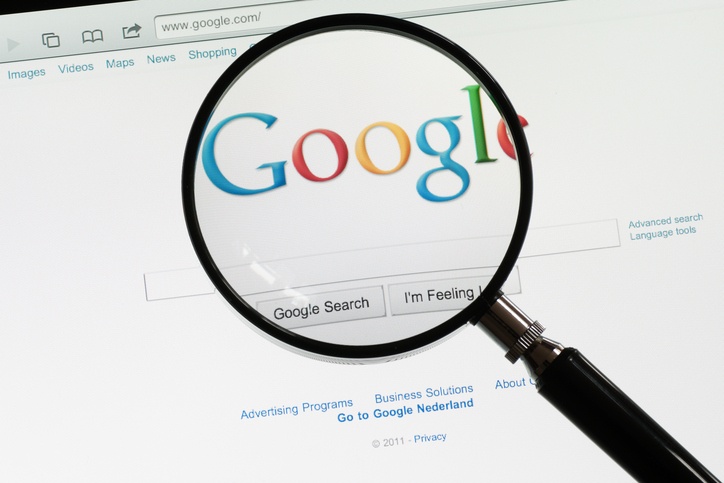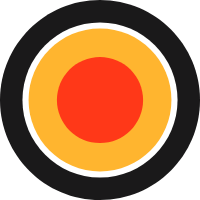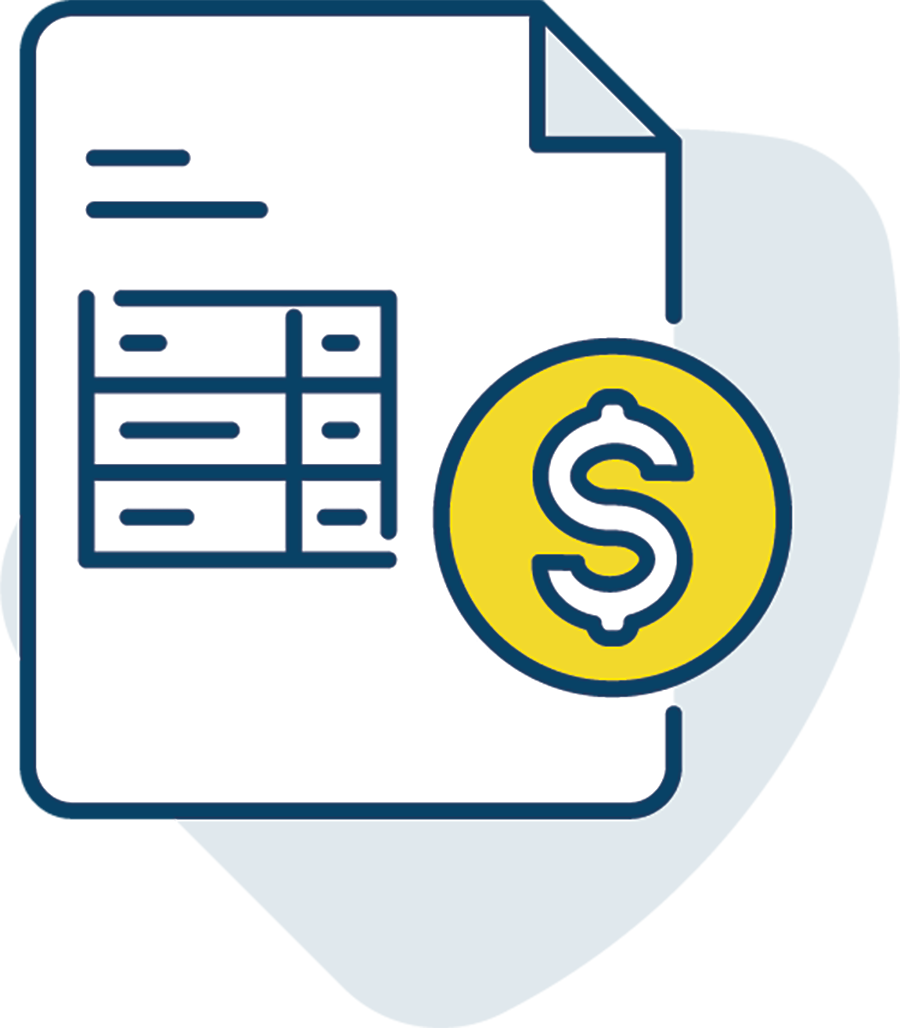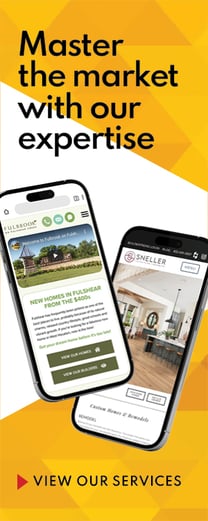Get Results That Matter
Run smarter digital campaigns that reach the right people, at the right time—on search, social, and beyond.
PAY-PER-CLICK
Show up. Stand out. Get chosen.
It’s that simple—when it’s done right. Pay-per-click puts your business front and center when customers are ready to buy. No waiting, no guessing, just smart strategy that drives real results.

Digital Advertising Solutions for Your Business
Clicks don’t pay the bills—customers do. Data-driven digital advertising that delivers real results.
Let’s make every dollar count."
Search Advertising
Elevate your brand’s visibility by appearing at the top of search engine results. Our search advertising strategies focus on keyword optimization, compelling ad copy, and bid management to maximize ROI.
Display Advertising
Capture your audience's attention with visually engaging ads across various online platforms. We specialize in creating eye-catching graphics and effective call-to-actions to boost your brand awareness and conversions.
Retargeting / Remarketing
Don’t let potential customers slip away. Our retargeting strategies keep your brand in front of bounced traffic after they leave your website, enticing them to return and complete their purchase or action.
Shopping Ads
Maximize your e-commerce sales with targeted shopping ads. We create optimized product listings that appear right when users are ready to buy, simplifying their path to purchase.
Landing Page Optimization
First impressions matter. We optimize your landing pages for maximum impact and conversions, through compelling copy, design, and A/B testing.
PPC Analytics and Reporting
Knowledge is power. Our PPC analytics provide you with actionable insights into campaign performance, enabling data-driven decisions for ongoing improvement.
.jpg?width=1350&height=900&name=social%20media%20marketing%20houston%20(2).jpg)
GOOGLE, FACEBOOK, YOUTUBE, & MORE
Be where they are.
Show up when it matters. Stay top of mind. From social feeds to search results, we put your brand in front of the right people—at the right time—so they remember you when it counts.
The cost of digital advertising can vary widely based on several factors, including the advertising platform, target audience, industry competition, and the specific objectives of the campaign. Here's a breakdown of potential costs across various digital advertising platforms:
1. Search Engine Advertising (e.g., Google Ads)
- Cost-Per-Click (CPC): Average CPC can range from $1 to $2 for the Google Search Network and is typically lower on the Display Network, averaging under $1. However, highly competitive industries, such as legal services, can see CPCs exceed $50.
2. Social Media Advertising (e.g., Facebook, Instagram, LinkedIn)
- CPC: Costs vary by platform and industry. On Facebook, the average CPC can range from $0.50 to $2.00, while LinkedIn might be higher, often between $2 to $5 per click due to its professional targeting.
- Cost-Per-Thousand Impressions (CPM): Facebook's average CPM can be around $10 to $15, though this can fluctuate based on targeting, ad quality, and time of year.
3. Programmatic Advertising
- CPM: Costs for programmatic ads can range widely, from under $1 to over $50 CPM, influenced by targeting specificity, ad format, and the quality of the inventory.
4. Content Marketing & Native Advertising
- Costs here are less about clicks and more about the content's production and distribution. For native advertising, you might pay a CPM similar to programmatic advertising or negotiate fixed prices for sponsored content spots on popular websites.
5. Email Marketing
- Generally offers high ROI, with costs varying based on whether you manage campaigns in-house or use external platforms. Platforms may charge based on the number of subscribers, with prices ranging from $10/month for small lists to $1,000/month for lists of 100,000 or more.
Factors Influencing Costs
- Targeting: More specific targeting can increase costs but improve the quality of traffic.
- Ad Quality and Relevance: Higher quality and more relevant ads typically enjoy lower costs and better performance.
- Industry and Competition: Competitive industries with high customer lifetime values tend to have higher advertising costs.
- Geographical Location: Costs can vary significantly by country and region.
PPC is a model of internet marketing where advertisers pay a fee each time one of their ads is clicked. Essentially, it's a way of buying visits to your site, rather than attempting to earn those visits organically. Search engine advertising is one of the most popular forms of PPC.
Key metrics include Click-Through Rate (CTR), Conversion Rate, Cost Per Click (CPC), Cost Per Acquisition (CPA), Return on Ad Spend (ROAS), and Impressions. These metrics help gauge the effectiveness of your campaigns and guide optimization efforts.
The time it takes to see results from digital advertising can vary widely based on several factors, including the type of campaign, the advertising platform, your industry, and the specific goals you've set. Here’s a general overview:
Immediate Visibility and Traffic
- Pay-Per-Click (PPC) Advertising: Campaigns on platforms like Google Ads or social media can generate traffic almost immediately after launch. Visibility increases as soon as ads are live and targeting the right audience.
Short-term Results
- Conversion and Sales: For direct response campaigns aimed at immediate sales or leads, you might start seeing conversions within days to a few weeks. This is especially true for e-commerce or time-sensitive offers.
- A/B Testing Insights: Initial data from A/B testing different ad elements (such as headlines, images, or calls to action) can become available within a few days to weeks, allowing for rapid iteration and optimization.
Medium to Long-term Results
- Brand Awareness and Engagement: Building brand awareness through digital advertising is a longer-term endeavor. It may take several weeks to months to see a significant impact on brand recognition and customer engagement metrics.
- SEO Impact from Paid Ads: While direct SEO benefits from PPC are minimal, the increased traffic, user engagement, and potential backlinks from shared content can indirectly benefit SEO over several months.
- ROI and Optimization: Understanding the full return on investment (ROI) from digital advertising campaigns, including customer lifetime value and repeat business, often requires months. Continuous optimization based on campaign data will gradually improve results.
Factors Influencing Timelines
- Budget: Larger budgets may accelerate results by allowing for broader reach and more frequent ad placements.
- Competition: High competition can increase costs and lengthen the time needed to see significant results.
- Target Audience: Campaigns targeting a niche audience may take longer to optimize but can ultimately yield high engagement and conversion rates.
- Ad Quality and Relevance: High-quality, relevant ads typically perform better and faster, as they resonate more with the target audience.
Absolutely. Digital advertising offers scalable solutions for businesses of all sizes. Small businesses can benefit from targeted campaigns with controlled budgets, allowing them to compete effectively with larger companies and reach their desired audiences efficiently.
The best platform for digital advertising ROI (Return on Investment) varies significantly depending on your business type, target audience, goals, and the nature of your products or services. However, some platforms are renowned for delivering strong ROI across various industries:
1. Google Ads (Search and Display Network)
- Strengths: Excellent for capturing high-intent traffic, as you can target users actively searching for products or services similar to yours. The Search Network is particularly effective for direct response campaigns and leads generation.
- Considerations: Can be competitive and expensive in certain industries, but the ability to reach users at the moment of search intent often leads to higher conversion rates and ROI.
2. Facebook (and Instagram) Advertising
- Strengths: Offers extensive targeting options based on demographics, interests, behaviors, and more, making it powerful for both B2C and B2B sectors. The visual nature of Instagram ads is especially beneficial for brands with strong visual content.
- Considerations: While it's excellent for brand awareness and engagement, the direct ROI can vary. Success often depends on the ability to create compelling, engaging content and accurately target your audience.
3. LinkedIn Advertising
- Strengths: The go-to platform for B2B digital advertising, LinkedIn allows targeting based on professional criteria, such as job title, industry, company size, etc. It's particularly effective for lead generation and networking in professional contexts.
- Considerations: Generally higher cost per click (CPC) than other platforms, but the quality of leads and potential ROI can justify the investment for B2B companies.
4. Email Marketing
- Strengths: With a well-maintained email list, email marketing can provide an excellent ROI by directly reaching an audience that has already shown interest in your brand or products. It's great for nurturing leads and customer retention.
- Considerations: Requires building and maintaining a quality email list. The effectiveness can be diminished by poor targeting or email fatigue if overused.
5. YouTube Advertising
- Strengths: Offers a unique opportunity to engage audiences with video content. YouTube's targeting capabilities, powered by Google's vast data, allow for precise audience targeting. Video ads can be highly effective for brand storytelling and product demonstrations.
- Considerations: Producing high-quality video content can be more expensive and time-consuming than other types of content.
LEAVE THEM IN THE DUST.
Smart strategy. Bold creativity. The right message, in the right place, at the right time. Outshine, outsmart, outperform.
It starts with having a plan.
AUDIENCE RESEARCH
The foundation of any successful digital advertising campaign lies in understanding who your audience is. Audience research involves gathering insights about your potential customers' demographics, interests, online behaviors, and preferences. This step is critical to ensure your advertising messages are tailored and relevant, reaching individuals most likely to engage with your brand. Effective audience research can dramatically improve targeting precision and campaign performance.
CAMPAIGN CREATIVE
Once you have a deep understanding of your audience, the next step is developing the campaign creative. This involves designing visually appealing and compelling ads that resonate with your target audience. The creative process includes crafting the ad copy, selecting images or videos, and ensuring the overall message aligns with your brand voice and campaign objectives.
DELIVERY & OPTIMIZATION
Delivery involves setting up the ads on chosen platforms, allocating budgets, and scheduling. However, launching the campaign is just the beginning. Continuous optimization is key to maximizing ROI. This means monitoring campaign performance in real-time, analyzing metrics like click-through rates, conversions, and return on ad spend, and making data-driven adjustments. Optimization efforts can include tweaking ad copy, adjusting targeting criteria, or reallocating budget to high-performing ads or platforms.
Bringing Your Campaign to Life
Marketing your business requires thoughtful strategy and execution, from the ground up. The price is high for failure, both in time and waste.
Get on our mailing list

LEARN WHAT IT MEANS
TO BE ON-TARGET!
Whatever you're up against, rest assured that after 20 years we've probably seen it. Let's connect and get to know each other.

GET AN ESTIMATE
Discover how we can transform your project ideas into reality. Start with a free, no-obligation estimate today..
